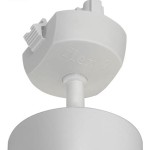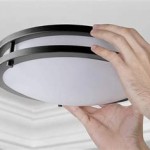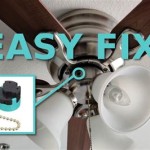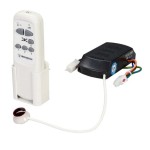DIY Suspended Ceiling Lighting: A Complete Guide to Illuminate Your Space
Suspended ceiling lighting offers an elegant and versatile way to elevate the ambiance of any room. Whether you're seeking ambient illumination or targeted task lighting, this innovative lighting solution can cater to your specific needs. Follow this comprehensive guide to design and install DIY suspended ceiling lighting that will transform your space into a visual masterpiece.
Choosing the Right Fixtures
The first step is selecting suitable lighting fixtures that align with your design aesthetic and functional requirements. Consider the following factors:
- Size and Scale: Choose fixtures proportionate to the size of the room and the desired light output.
- Shape and Style: Explore a wide range of shapes and styles to complement the decor and create the desired ambiance.
- Material: Select fixtures made from durable and aesthetically pleasing materials such as glass, metal, or acrylic.
Planning the Layout
Carefully plan the placement of your fixtures to achieve optimal lighting distribution. Here are some guidelines:
- Hanging Height: Determine the appropriate suspension height based on the room's ceiling height and the desired light diffusion.
- Spacing: Consider the fixture size and the desired light overlap to ensure even illumination.
- Grouping: Arrange fixtures in groups or clusters to create focal points or delineate specific areas.
Electrical Considerations
Ensure the electrical system can support the suspended lighting installation. Consult a qualified electrician for the following:
- Power Supply: Determine the total wattage of the fixtures and ensure the circuit has sufficient capacity.
- Connections: Make secure electrical connections between the fixtures and the power source.
- Safety: Install a grounding system and employ proper wire management techniques to prevent electrical hazards.
Installation Techniques
Follow these steps for a successful installation:
- Mount the Canopy: Attach the canopy to the ceiling using appropriate hardware and secure it firmly.
- Suspend the Fixtures: Connect the fixtures to the canopy using adjustable rods or suspension cables.
- Adjust the Height: Use the adjustable suspension mechanism to achieve the desired hanging height.
- Make Electrical Connections: Connect the fixtures to the power supply, observing proper electrical safety guidelines.
Maintenance and Troubleshooting
Regular maintenance and troubleshooting ensure optimal performance and longevity of your suspended ceiling lighting:
- Replace Bulbs: Replace burnt-out bulbs promptly to maintain adequate illumination.
- Clean the Fixtures: Use a soft cloth to gently wipe down the fixtures, removing dust and dirt.
- Check Connections: Periodically check electrical connections for any loose or damaged wires.
- Address Issues: If you experience any flickering, dimming, or other issues, consult a qualified electrician for professional assistance.
Conclusion
DIY suspended ceiling lighting is a rewarding project that adds sophistication and luminosity to your living space. By following the steps outlined in this guide, you can create a custom lighting design that complements your style and enhances the functionality of your room. Remember to prioritize safety and consult professionals when necessary to ensure a successful and satisfying installation.

How To Build A Dropped Ceiling Box

How To Build A Dropped Ceiling Box

How To Build A Dropped Ceiling Box

How To Build A Dropped Ceiling Box

34 Creative Diy Lighting Ideas That You Can Make At Home
Basement Coffered Ceilings Diy Wood Suspended Home Improvement Forum

Diy A Dropped Ceiling With Lighting

9 Types Of False Ceiling Light Designs To Glam Up Your Home

How To Make A Diy Hanging Light Field Court

3 Best False Ceiling Lights You Can Use To Create Better Ambience
Related Posts








